When attempting to open an app downloaded from the internet on your Mac, you might encounter the warning message: "macOS Cannot Verify That This App is Free from Malware". This security measure, known as Gatekeeper, is designed by Apple to protect your Mac from potentially harmful software. However, if you're certain that the app is safe, this warning can prevent you from accessing the software you need.
Use the context menu to open the app
By using the context menu, you can bypass the security warning and open the app.
Step 1: Open Finder and locate the app you wish to open. It is usually found in the 'Applications' or 'Downloads' folder.

Step 2: Instead of double-clicking the app to open it, right-click (or Ctrl-click) on the app icon, and select 'Open' from the context menu.
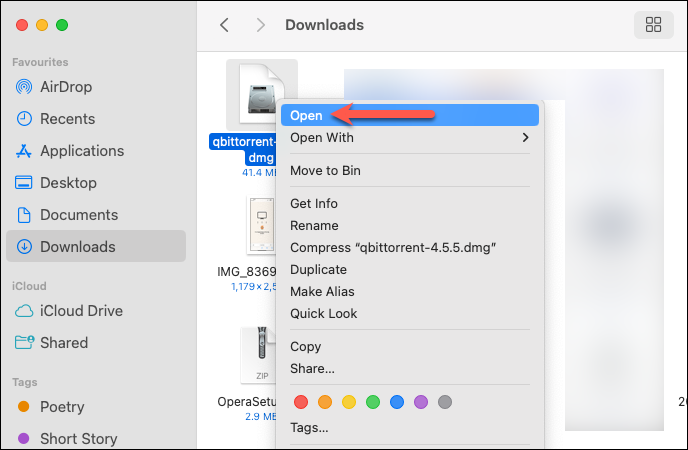
Step 3: A warning dialog will appear stating that "macOS cannot verify the developer of [App Name]". This time, you'll see an option to 'Open' the app. Click on 'Open' to proceed.
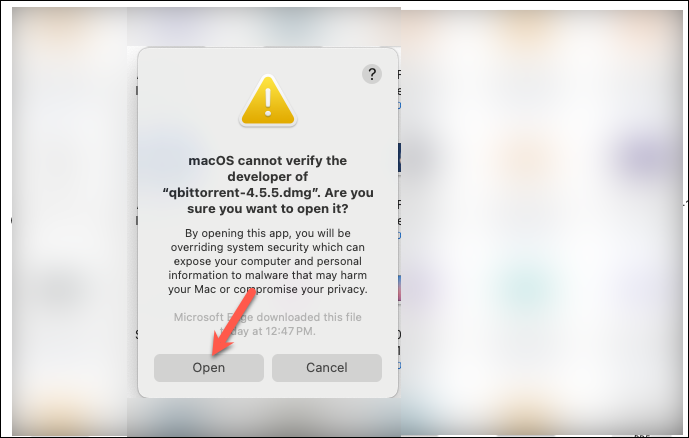
The app should now open, bypassing the Gatekeeper warning.
Use the Privacy & Security settings
Alternatively, you can allow the app to open from your Mac's security settings.
Step 1: Open the 'System Settings' app on your Mac.

Step 2: In the left sidebar, click on 'Privacy & Security'.

Step 3: Scroll down to the 'Security' section. You should see a message that says "[App Name] was blocked from use because it is not from an identified developer." Click on 'Open Anyway'.

Step 4: You may be prompted to enter your user account password. Enter the password and click 'Modify Settings'.

The app should now be allowed to open.
Re-download the app
If the above methods do not work, it's possible that the app file is corrupted or its signature has changed.
Step 1: Delete the current version of the app from your Mac.
Step 2: Visit the official website of the app developer and download the latest version of the app.
Step 3: Try opening the app again using the methods above.
Disable Gatekeeper entirely with Terminal (not recommended)
If you frequently install apps from unidentified developers and wish to disable Gatekeeper altogether, you can do so using the Terminal. However, this is not recommended as it reduces your Mac's security.
Step 1: Open Finder and go to 'Applications'.

Step 2: Navigate to the 'Utilities' folder.
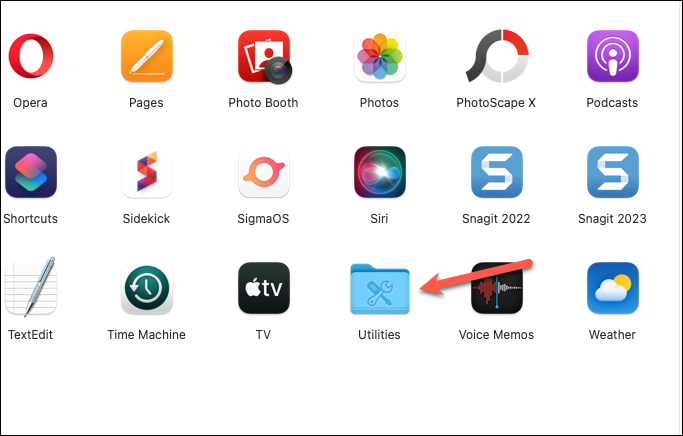
Step 3: Open 'Terminal'. Alternatively, use Spotlight Search (Cmd + Space) and type 'Terminal' to open it.

Step 4: In the Terminal window, type the following command and press Enter:
sudo spctl --master-disable
Step 5: You will be prompted to enter your administrator password. Type your password (note that it won't be visible) and press Enter.

This command disables Gatekeeper, and an additional option 'Anywhere' will appear in your security settings under 'Allow apps downloaded from'.
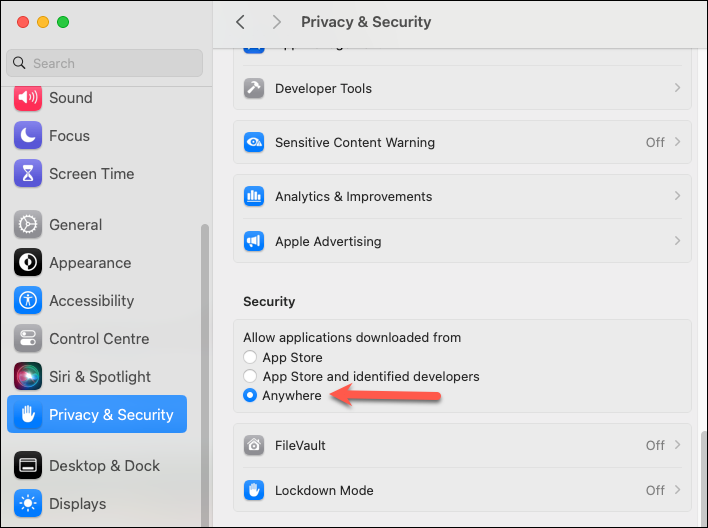
To re-enable Gatekeeper, use the following command in Terminal:
sudo spctl --master-enable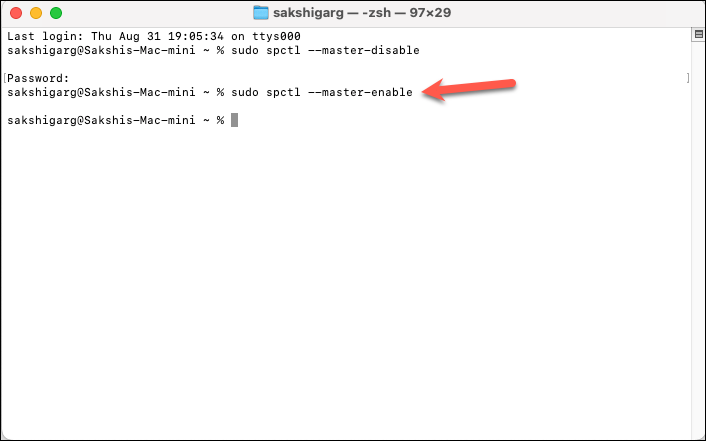
This will re-enable Gatekeeper, and the 'Anywhere' option will disappear from your settings.

Gatekeeper plays a vital role in keeping your Mac secure by preventing unverified apps from running. While the methods above allow you to bypass this feature for apps you trust, it's important to proceed with caution to maintain your system's security.

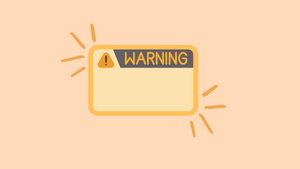








Member discussion